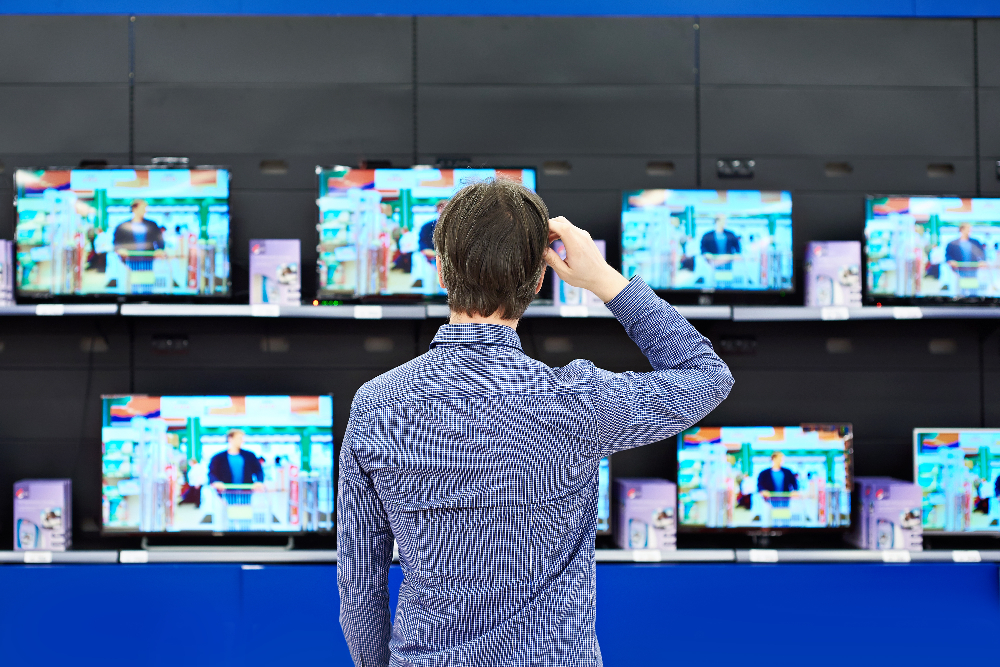Reducing Viewer Churn in TV Broadcasting: Personalization Strategies That Work

Television broadcasting, once the undisputed king of entertainment, is grappling with an unsettling trend: viewer churn. As audiences are lured away by on-demand streaming platforms and highly personalized content, traditional TV broadcasters face increasing pressure to not just attract viewers but to retain them. Viewer churn—where audiences disengage and abandon the platform—represents a critical challenge, eroding both viewership numbers and advertising revenue.
With the right strategies, TV broadcasters can turn this challenge into an opportunity, leveraging personalization to build lasting connections with their audience. This blog explores actionable strategies to reduce viewer churn, the technologies driving these efforts, and how a Virtual Delivery Center can empower broadcasters to innovate and thrive.
What Is Viewer Churn?
Viewer churn occurs when audiences stop engaging with a TV broadcaster or network, either by switching to competitors (like streaming services) or abandoning TV altogether. It’s a key metric that directly impacts ratings, revenue, and long-term sustainability.
Why Are Viewers Churning?
Lack of Personalization:
Viewers today expect tailored experiences. Generic programming schedules often fail to meet their preferences.
Ad Overload:
Excessive advertisements frustrate viewers, especially younger demographics accustomed to ad-free streaming.
Fragmented Attention:
With the rise of second-screen habits, viewers are often distracted by smartphones and other devices.
Competition from OTT Platforms:
On-demand platforms like Netflix and Hulu offer personalized content libraries and flexibility that traditional TV struggles to match.
Repetitive Programming:
Repeated airings of the same content can lead to disengagement, particularly among binge-watching enthusiasts.
What Is Personalization?
Personalization in TV broadcasting means curating programming, ads, and interactions to align with individual viewer preferences. It’s about creating a unique, engaging experience that resonates with each audience member.
Why Personalization Matters
Improved Engagement: Tailored content keeps viewers hooked longer.
Higher Loyalty: Personalized programming fosters emotional connections.
Increased Ad Revenue: Targeted ads fetch higher CPMs (cost per thousand impressions) from advertisers.
1. AI-Powered Content Recommendations
Use AI algorithms to analyze viewer preferences, watch history, and behavioral data to recommend content they’re most likely to enjoy. This approach, similar to Netflix’s recommendation engine, ensures viewers always have something compelling to watch.
2. Dynamic Programming Schedules
Leverage real-time data to adjust programming schedules dynamically. For example, if a specific audience segment is trending toward action dramas, ensure such content is prominently featured during peak hours.
3. Targeted Advertising
Personalized ads not only reduce viewer frustration but also generate higher revenues. AI can match ads to viewers based on demographics, interests, and behavior.
4. Second-Screen Integration
Develop apps and interactive experiences that synchronize with live broadcasts. Features like real-time polls, trivia, or exclusive behind-the-scenes content keep viewers engaged on multiple platforms.
5. Viewer Segmentation
Segment your audience based on preferences, age groups, and viewing patterns. Tailor marketing campaigns, programming, and promotions for each segment to build deeper connections.
6. Feedback Loops
Encourage viewers to rate shows, suggest programming, and participate in polls. This data can guide content creation and programming decisions.
7. Live Streaming and Event-Based Content
Capitalize on the popularity of live events such as sports, awards shows, and breaking news. Combine these with interactive elements to boost real-time engagement.
AI and Machine Learning
AI tools analyze vast amounts of viewer data to predict preferences and recommend content, creating hyper-personalized experiences.
Big Data Analytics
Advanced analytics platforms aggregate data from multiple sources—viewing habits, social media, and demographics—to inform programming decisions.
Cloud-Based Delivery
Cloud solutions enable broadcasters to manage and deliver personalized content across devices seamlessly, ensuring scalability.
5G Connectivity
With faster internet speeds, 5G supports high-quality streaming and real-time interactions, crucial for personalization efforts.
Blockchain for Transparency
Blockchain technology can ensure transparency in ad targeting and data usage, building trust with viewers.
The concept of a Virtual Delivery Center (VDC) has emerged as a game-changing solution for TV broadcasters aiming to reduce viewer churn through personalization. Unlike traditional models that require in-house teams or large-scale outsourcing, a VDC provides a cloud-based, on-demand team of experts who collaborate virtually to deliver projects efficiently.
What Is a Virtual Delivery Center?
A Virtual Delivery Center is a platform-enabled ecosystem where broadcasters can access pre-vetted professionals and cutting-edge tools to implement personalization strategies seamlessly. It combines the flexibility of remote work with the scalability and expertise of global talent.
How a VDC Supports Personalization in Broadcasting
Data Analysis Expertise:
Access data scientists to build robust recommendation engines and predictive analytics models.
AI Implementation:
Collaborate with AI specialists to integrate machine learning tools for content curation and targeted advertising.
Cloud Integration:
Utilize cloud experts to migrate content management systems and workflows for real-time, scalable personalization.
Second-Screen Development:
Engage app developers and UX designers to create interactive second-screen experiences.
Cost Efficiency:
Reduce operational costs by leveraging on-demand resources, scaling teams up or down based on project needs.
Real-Time Adaptability:
Ensure rapid iteration of personalization features with agile workflows managed by the VDC.
Viewer churn may be a daunting challenge, but it is also an opportunity for broadcasters to rethink their strategies, embrace innovation, and reconnect with audiences. Personalization, powered by technologies like AI, big data, and cloud computing, holds the key to unlocking loyalty and long-term engagement.
By leveraging solutions like the Virtual Delivery Center, broadcasters can implement personalization strategies efficiently and effectively, staying competitive in a crowded media landscape. The future of television lies in making every viewer feel seen, heard, and valued—one personalized experience at a time.